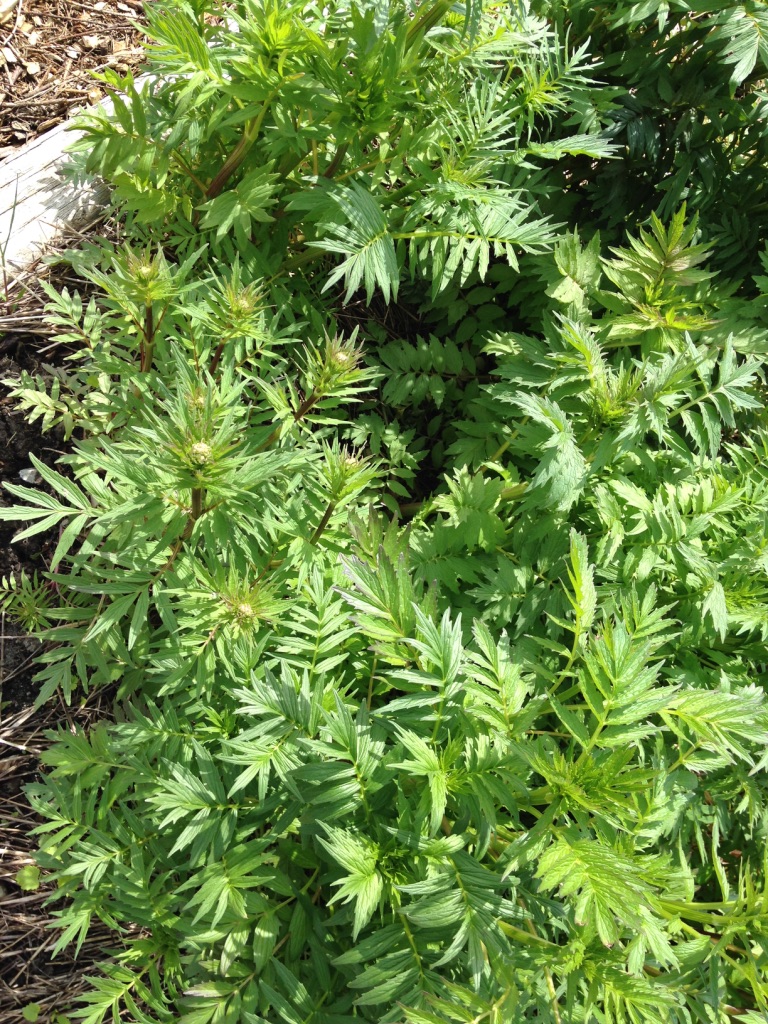Common Names
Valerian, Garden Valerian
Botanical Name
Valeriana officinalis
Plant Family
Caprifoliaceae (Honeysuckle Family)
Life Cycle
Perennial
Native Range
Europe and temperate Asia
Hardiness Zone
4-8
Habit
Valerian is a gorgeous garden plant. It has white flowers, sometimes tinged with pink, that appear in the late spring or early summer, and rise upward to 6ft atop hollow sturdy stocks. The aroma of the flowers is truly heavenly and like vanilla scented honey. Visitors to the garden will notice the intoxicating scent, as will bees and other beneficials as they come to collect the nectar.
Sun/Soil
This is a plant that loves a deep bed of hummusy soil, and also doesn't mind dense nutrient rich clay as long as water is ample. I've grown Valerian in dry poor soil conditions, and it will survive and do ok too, but won't really reveal its majestic self, staying under 4ft tall and much more spindly.
Germination/Sowing
The seeds germinate most easily when direct sown in fall (just as the plant would self-seed), They may also be sown in flats in the spring and then transplanted out once they are big enough.
Growing/Care
The plants can be cut back in fall time, or after flowering to prevent self-seeding. Valerian will establish itself as a clump-forming perennial that, after a few years of growth, can be divided and harvested, or replanted.
Harvesting
The fibrous roots are the medicinal part and can be dug after the third year. Before this they will be quite small and thin. This is a herb that is really worth growing for yourself, when bought in commerce it just really doesn't compare to the delightful aromatics and quality of the homegrown variety.
Culinary Uses
None known.
Medicinal Uses
One of the most effective herbal sedatives, it will help calm the most restless soul. Wonderful at shutting down the anxiety 'mind loop', but contraindicated in depression. This is a pretty drug-like herb folks, and one often can feel a little groggy in the morning (depending on the dose). Valernian is also strongly antispasmodic, and great for stomach pain, back ache and menstrual cramps. But again, make sure to moderate your dose, a few drops of tincture are often all that is needed in the daytime. Alternatively, only take it if you are prepared to have a nap, or before bed, as the sedated feeling can be quite strong.
The roots are high in antispasmodic volatile oils, and also sleep enhancing alkaloids. They are best tinctured fresh as not to loose the volatile oil content during drying. The roots can also be decocted fresh or dry, just make sure to keep the lid on to keep the oils from escaping. An infused vinegar is also nice as it best extracts the alkaloids and is a great alternative to alcohol based tinctures. The fresh roots made into an infused honey is incredibly heavenly!
Themes
Attracts Pollinators, Deer Resistant, Apothecary Garden, Container Garden, Low Maintenance, Medieval Garden.














